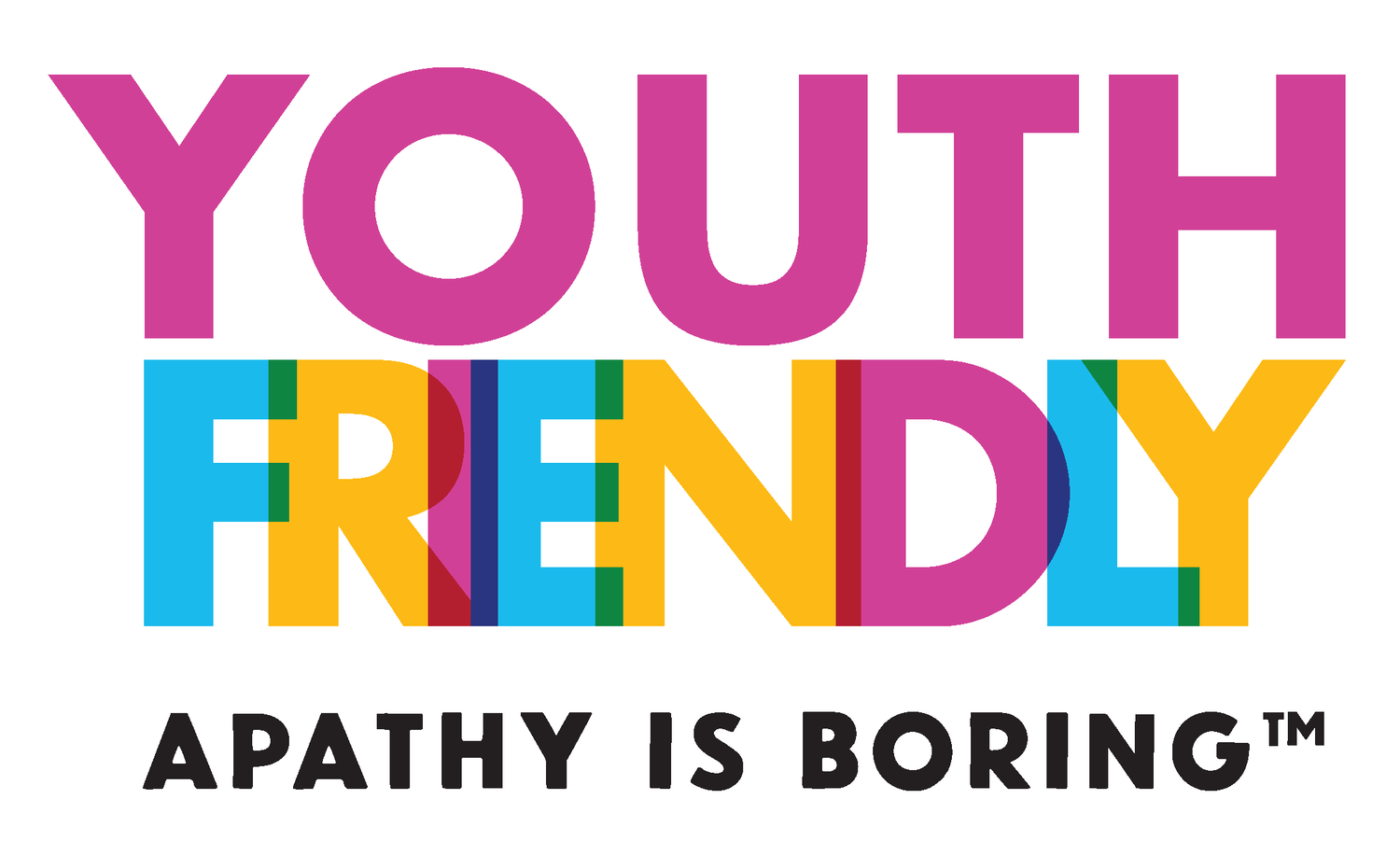What Is Ableism, And How Does It Show Up In The Institutions Youth Navigate?
Apathy is Boring’s RISE C8 Hub Night in Halifax, Carolina Andrade
An unfortunate truth: our society exclusively caters to able-bodied, neurotypical people’s needs. As a result, people with disabilities have extra hurdles they have to overcome in order to go about their days the same way as those without disabilities. These hurdles come from what is known as ableism. Ableism is discrimination against people with mental or physical disabilities, born out of the harmful notion that those with disabilities hold less value in society compared to non-disabled people. Its impacts are even worse for young people, who already have a wealth of concerns when trying to find their way in Canadian institutions.
Here’s the thing about ableism — you can perpetuate it without intending to do so. Often, it comes from widespread misconceptions and a lack of understanding about people with disabilities. Consequently, many ableist behaviours have been heavily normalized. A prime example of this is the language we use. Words like “blind,” “deaf” and “dumb” — which are used colloquially as jokes or insults — perpetuate ableism by othering people who have mental or physical disabilities. On a systemic level, most institutions and organizations are set up to accommodate non-disabled people only, thereby excluding disabled people.
Ableism ultimately prevents young people with disabilities from feeling safe in organizations of power. To combat ableism, you have to be able to identify it. Here are some examples of what ableism can look like in organizations and institutions.
Speaking for disabled people
People with disabilities often experience others speaking for them. This, even if it’s not intentional, silences important firsthand perspectives. The disabled community is not a monolith, and it’s important for organizations to understand the intersections between disability and other identities like race, gender and sexual orientation. Without having these perspectives to inform your conversations around disability, you risk misrepresenting and harming members of that community. When having conversations about disability issues, make sure you amplify the voices of people with disabilities. Otherwise, it’s performative advocacy.
Lack of physical access
People with disabilities often face physical barriers that prevent them from going somewhere or getting something done. Barriers like steps, stairways, building entrances/exits and washrooms are all obstacles that make it difficult for disabled people to navigate infrastructure. Without adding accessibility accommodations to your organization, you’re sending a message that your organization is set up to exclude disabled people.
The same goes for language. When using digital communication to engage with your team and your audience, make sure the information is accessible to as many people as possible. In social media spaces, for instance, this means adding alt text to your images and subtitles to your videos, so those with vision and hearing impairments can stay engaged. Make sure you’re thinking about how your message can reach everyone — not just able-bodied, neurotypical people.
Rigid ideas of how things should get done
We all have fallen victim to woes hustle culture. But for people with disabilities, this non-stop grind mentality can have an even greater impact. When organizations announce that they care about mental health but don’t have actual resources available, this alienates those with disabilities. In workplaces, rigid schedules that don’t have flexible hours or healthy work-life balance set up young people with disabilities to fail.
When productivity is valued above all else, organizations perpetuate the idea that work has to be done as quickly as possible to be considered “good.” But this negates the fact that we all work differently, and expecting everyone to have the same work method is harmful. In educational institutions, for instance, young people are told to sit still for hours on end to learn. But these rules fail to acknowledge that not everyone learns the same, and that’s why not all students can thrive in these spaces. Ultimately, work is done best when you allow people to play to their strengths and work in a way that best suits them.
Remember
Ableism holds everyone back. The form of discrimination — while it can go unnoticed by those without disabilities — greatly impacts the lived experiences of people with disabilities. And its daily ramifications prevent people with disabilities from living their lives in the same way people without disabilities can. Ableism perpetuates the harmful narrative that people with disabilities matter less.
Young people deserve to feel empowered to strive for their goals, and the same goes for those with disabilities. Youth with disabilities have unique talents, perspectives and abilities, and they deserve to be engaged in Canadian institutions and organizations. Organizations and institutions that understand ableism can better identify it within their own systems and work towards eradicating it. This, in turn, allows young people with disabilities to thrive.

